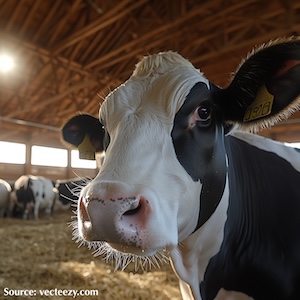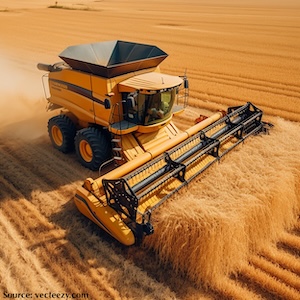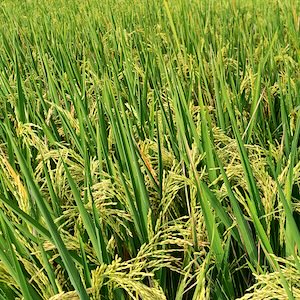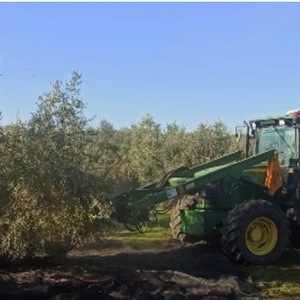Locomotor activity of dairy cows in new and converted barns

All claims expressed in this article are solely those of the authors and do not necessarily represent those of their affiliated organizations, or those of the publisher, the editors and the reviewers. Any product that may be evaluated in this article or claim that may be made by its manufacturer is not guaranteed or endorsed by the publisher.
Authors
Locomotor activity contributes to the fitness and physiological stability of dairy cows and is a key indicator of animal welfare. Modern barn design should therefore aim to promote cow movement. A central question is whether such activity-promoting environments require entirely new construction or whether existing barns can be effectively converted to meet current welfare standards. This observational study investigates the structural and technical factors influencing cow activity under practical farming conditions. Data were collected on 18 commercial dairy farms in Baden-Württemberg, Germany, of which six featured converted existing facilities and twelve newly constructed barns between 2018 and 2022. Cow activity was measured using ALT pedometers (Holz, Falkenhagen, Germany) over 56 measurement periods from 2020 to 2022. A total of 633 cows were monitored, yielding 24,202 daily activity records. Activity pulses were analyzed using a linear mixed-effects model accounting for repeated measures and hierarchical data structure. The results showed no significant differences in locomotor activity between cows housed in newly built versus converted barns. Similarly, no significant effect was observed for floor type (slatted vs flat). In contrast, pasture access, month of measurement, milking system, parity, and days in milk significantly influenced activity levels. Cows with pasture access displayed the highest activity, and seasonal effects pointed to environmental influences. Two farms exhibited markedly elevated activity: presumably one due to long distances to pasture, the other due to feed presentation via an external hayrack—highlighting the impact of specific management features. Contrary to earlier research, rubber flooring did not significantly affect activity. This may be explained by the widespread use of rubber flooring (on average 80% coverage) across nearly all farms, which reduced variability. Herd size and milk yield also showed no significant effect, likely due to the use of automated feeding systems reducing the need to walk for feed. While causal conclusions are limited by the non-randomized study design, the results suggest that well-executed barn conversions can offer locomotor opportunities equivalent to those of new buildings. This supports the view that modern conversions can be a resource-efficient and welfare-compatible solution for updating dairy housing. The findings provide a valuable evidence base for structural planning and policy development in sustainable dairy farming.
How to Cite

This work is licensed under a Creative Commons Attribution-NonCommercial 4.0 International License.














